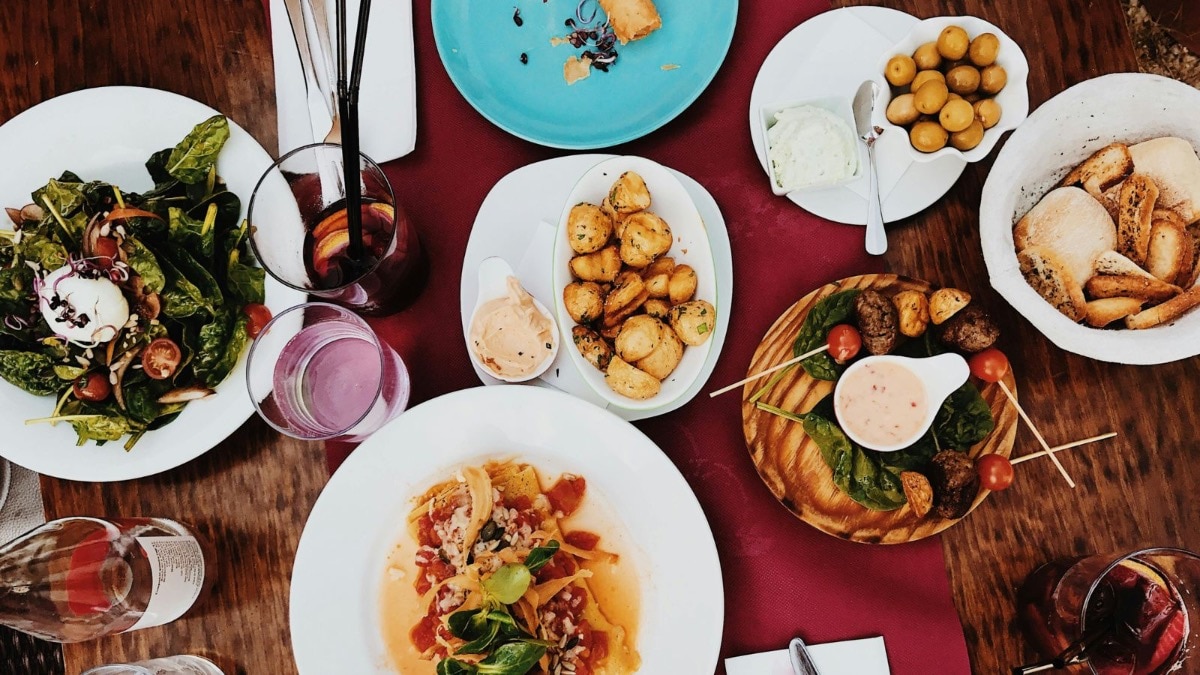Fermentation is more than just a buzzword for Brown Koji Boy’s Prachet Sancheti
He spills the beans on his burgeoning fermentation brand, the Japanese origins of the technique, and more.


When Covid hit, Goa-based Prachet Sancheti was just three months into his course at the University of Gastronomic Sciences at Pollenzo, Italy, learning about all things food, and incidentally, fermentation. With his course cut short, he dropped out and returned home to tinker in his own kitchen, taking help and inspiration from the resources he had from university and information available on the subject online. Today, his brand Brown Koji Boy is on a mission to bring traditional Japanese fermented ingredients like miso and koji into Indian kitchens, and has collaborated with restaurants to showcase the versatility of these ingredients, Cafe Duco being the latest.
Harper's Bazaar India: Your offerings mix Japanese techniques with Indian ingredients—is adding that local touch intentional?
Prachet Sancheti: I don’t want to say I’m local just as a buzzword—I don’t mention anything about locality, seasonality, or organic with Brown Koji Boy products. Because I want to see what flavour difference you can derive from taking, say, a chana dal (chickpeas split) or rajma (kidney beans), instead of white soybean. For instance, I can't sell white miso or white soybean miso to every third person in the industry who can purchase it from the export market and say it's very different from it only because it's a locally-grown product or ingredient. The idea was to see what other flavours an ingredient can offer.
HB: What’s the craziest ferment combo you’ve ever concocted?
PS: I don't think it's the craziest, but it was a really fun one—a batch of gochujang that I made with chana dal, spent grains from Goa Brewing Company, and different parts that I substituted. I made a 1,000-kilograms bag just for fun, and it turned out great—we used it in different pop-ups and collaborations. I never made it again—I think if I do it again, it won’t be as good as the first time.
HB: What’s one fermentation combo you haven’t tried yet that you really want to?
PS: A lot of people have told me to do something with cashew—so yes, I want to do something with the fruit. Even within the beverage sector we've been trying to play around with lots of beers and drinks like amazake.
HB: Fermentation involves a lot of trials and experiments—have there been any notable hits and misses?
PS:The things I tried with green peas, even when I had moisture down to the point where I was using dried koji, I didn't find the outcome unique or great. People on Instagram say it's a good mix but I feel it's not for me. We also tried to do a black rice and black soybeans-based soy sauce that turned sour very quickly—I think there was too much starch in the black rice. Most other failures are very obvious—incubator messes up, power cuts off the generators and so on. But apart from that, no, no other big blunders.
Our cashew and black garlic miso was successful in the first attempt, the second was more apt, and the third one now is what you get. And it has always been great. It's probably one of our highest selling products by far. Sweet Shiitake Essence, and so as we used to call it earlier, the Vegan Oyster Sauce, just hit the spot right away
HB: You’ve collaborated with a lot of restaurants—tell us more about the process and how does it work?
PS: It’s different each time. It depends on the chef or the person mediating or connecting the two brands. I like to think of possibilities—how koji and miso can be showcased through a different lens. For me, it also matters what a chef is doing, and why they’re doing it; not just because miso or fermentation is a buzzword at the moment. And if you see any of the dishes we've collaborated on, nothing has been too fussy or pitched in a way that you will not understand. The collaboration with Cafe Duco is along the same lines. It shows a bit of Northern American influence, a bit of the Indian element combined with Japanese technique, and it has bold, spicy flavors that chef Kanoi really enjoys.
HB: What are your thoughts on terms like food sustainability and zero-waste kitchens? Are these just buzzwords? And how do you tackle that in your own lab?
PS: I don’t speak a lot about food sustainability and zero-waste kitchens, because do you know where it starts? It’s an endless buzzword cycle that most people have not understood. I struggle with the concept every week, too. Tackling it in my own lab is easy—we don't really have a lot of wastage and anything extra we have, like shiitake stems, I use them to make a seasoning liquid or a syrup. We utilise the chickpea boiling water in our mix to get the perfect moisture for the miso. That same water (not the soaking liquid) is used to make a seasoning liquid.
Lead image: Prachet Sanketi










